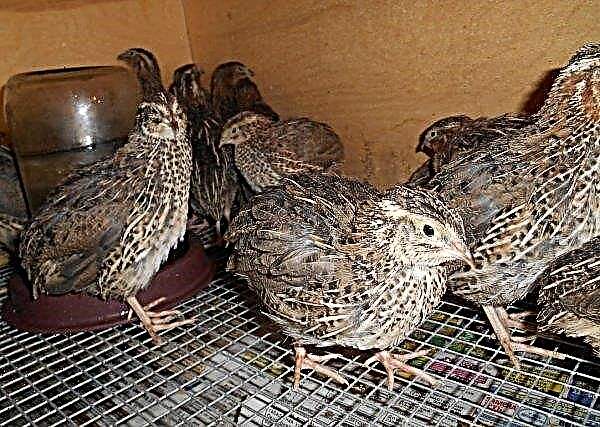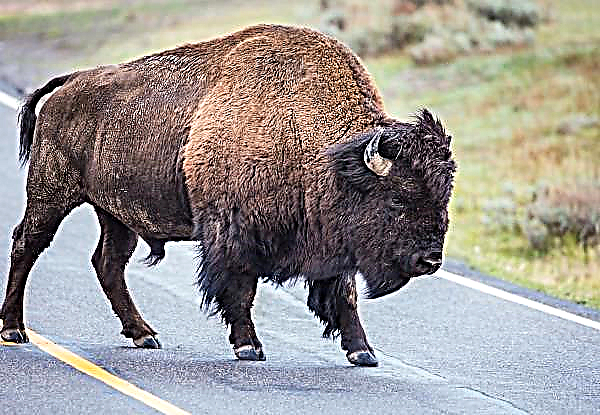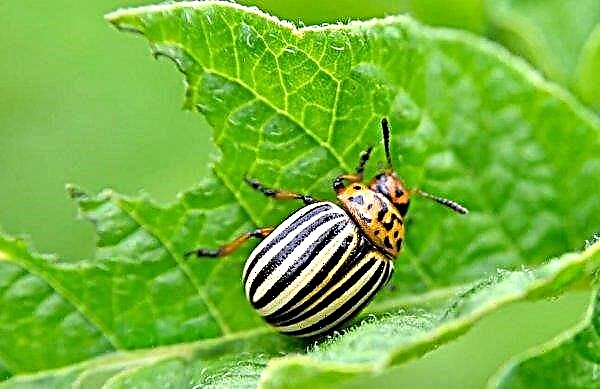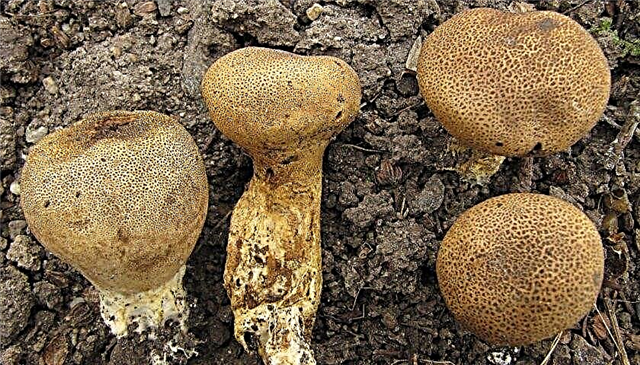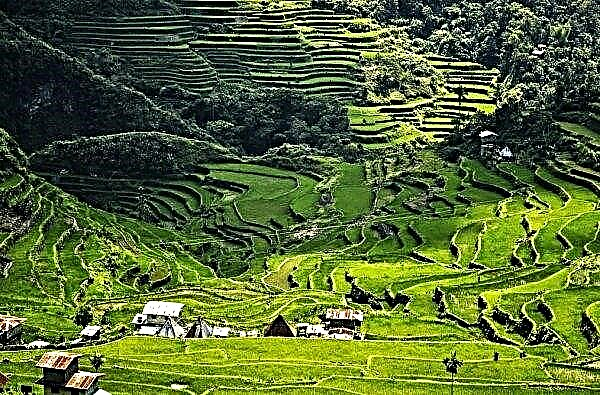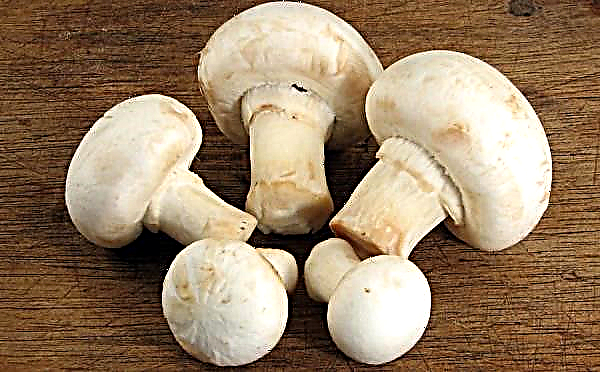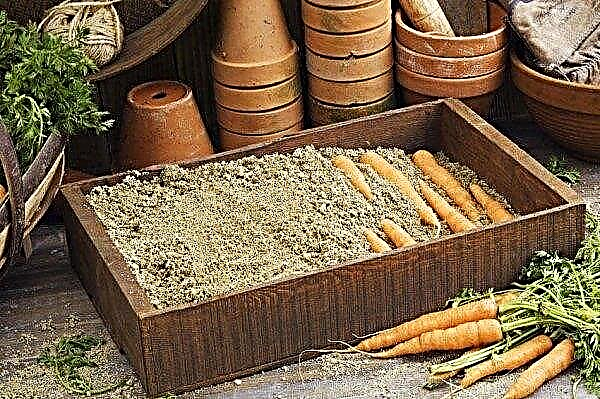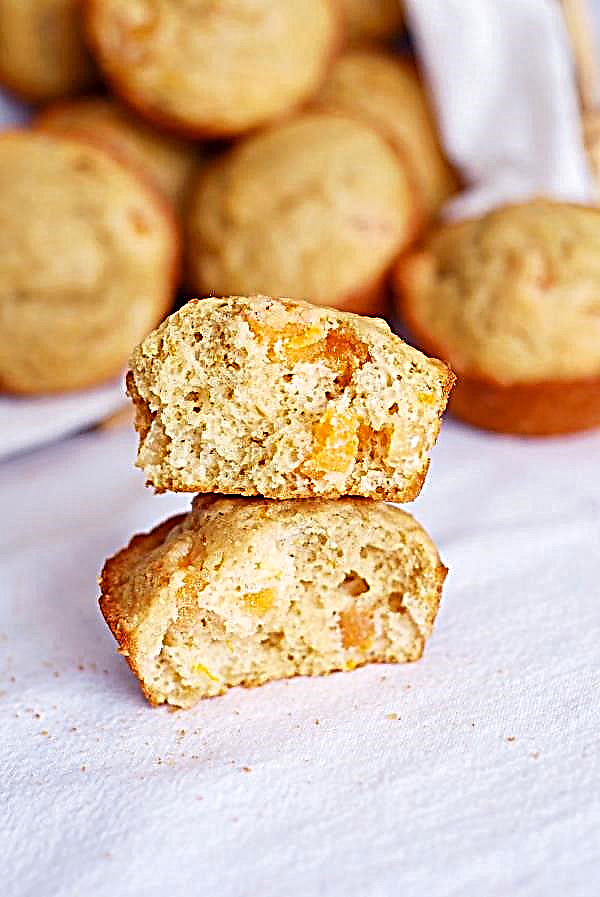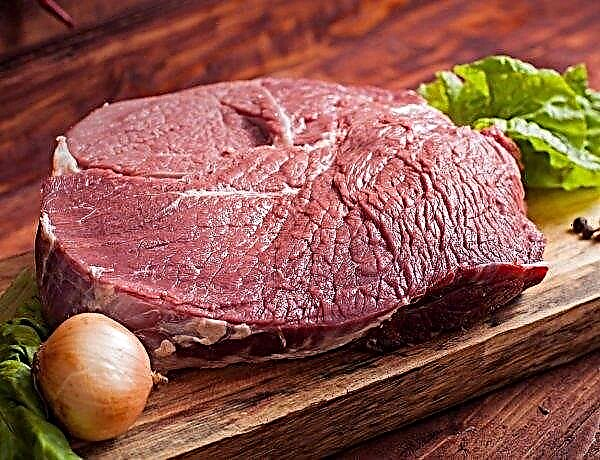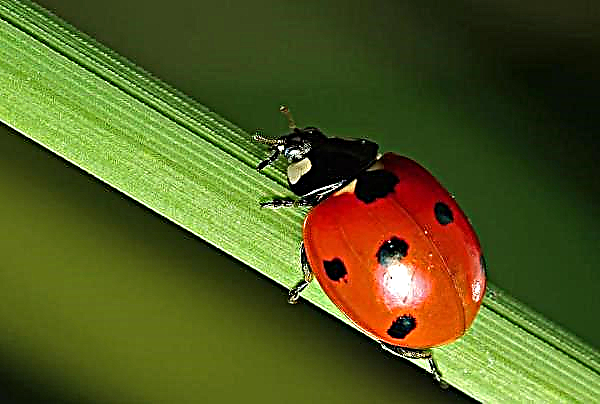Thuja - a universal plant in landscape design. It equally looks great as an independent object or as an element of a floral composition. The plant has many varieties, among which there are impressive pyramidal trees and dwarf shrubs, which gives a spacious springboard for imagination and the ability to choose the best option for a large or small area. At the same time, it is important for gardeners to know which plants are suitable for planting next to the thuja, and which should be avoided and why.
What can be planted next to the thuja?
As an independent element, thuja looks great in minimalist directions. To do this, it is enough to plant the plant on an open green lawn with evenly trimmed grass or on a site covered with small gravel.

If you want to create an interesting composition, take into account compatibility factors such as love for lighted areas or partial shade, low water requirements, picture harmony, when thuja and its "neighbors" really harmoniously emphasize each other's aesthetic appeal.
Did you know? Most often in landscape design the thuja western is used. A tree is able to live for more than 100 years and delight with decoration more than one generation of people.
Other conifers
One of the preferred methods for planting thuja on the site is to place plants along the fences or to design a hedge. In this case, you can combine high and dwarf varieties, as well as different color needles. Combinations with other conifers, for example, juniper, spruce or pine, will look no less beneficial.

On a spacious plot, you can place a coniferous flowerbed, which will maintain a decorative appearance throughout the year. In addition, even a mini conifer will bring considerable benefits, enriching the air with essential oils and saturating it with the smell of the forest. Do not worry about compatibility - all coniferous crops coexist perfectly with each other, have the same requirements for soil, moisture and lighting.

As elements of a large flower bed, you can choose the Hupsey spruce, which grows up to 15 m, has a stunning silver-blue needles and western thuja, growing up to 5 m.The latter is often sheared, giving it a neat arrow-shaped shape. Juniper can be added to the composition, taking, for example, the Skyrocket variety, which also has a slightly bluish tint of needles.

Making a composition of conifers in a small area, dwarf thuja varieties are often used, such as Mr. Bowling Ball, Danica or Golden Glob. For the most part, the bushes have a rounded shape, but are easy to prune, so if you wish, you can give them any shape. The company will be composed of other compact representatives of conifers - Canadian dwarf spruce or pine Pug. For creeping composition, you can use open juniper.
Today, stony gardens have gained popularity, for which the presence of conifers is a prerequisite. Creeping varieties, dwarf pines, spruces, firs and, of course, arborvitae will look great here, among which preference is given to low plants, such as, for example, the above-mentioned dwarf varieties or pyramidal varieties Aurea Nana, Kornik, etc.
Did you know? The thuja needles accumulate a charge of static electricity, so the trees work with a kind of "vacuum cleaners", attracting dust and small debris to themselves.
Perennial flowers
Making a living composition with perennials is a good solution, since the flowers will look great against a background of solid green needles. The choice of neighbors in this case is very large, and you should rely on your own preferences in terms of shades, flowering period and perennial sizes.
You can consider the following options:
- hydrangeas - bloom in mid-spring with beautiful inflorescences. The plant blooms for a very long time, and then the inflorescences look decorative, even when dry;

- muscari - flourish in March, do not require special care, can reproduce independently by "children";

- daffodils - bloom with white, yellow or two-color buds (depending on the variety), one of the first in the garden, in early May;

- alissum - refers to ground cover crops, reaches a maximum height of 30 cm. Flowering period is June – October. Depending on the variety, small flowers have a red, white, yellow or purple hue;

- hyacinths - early flowers, the buds of which are collected in carpal inflorescences. Plants have an unusual appearance, having high peduncles with variegated "curly" flowers;

- delphinium - a tall plant that will be well adjacent to high thuja, as it itself has impressive dimensions (some varieties reach 1.5 m). Flowers of blue tones bloom in the summer;

- astilba - An autumn flower that can safely grow in one place for up to 20 years.

This is not a complete list of perennial flowers that will look worthy in a company with evergreen conifers. It can also include daylilies, chrysanthemums, clematis, scallops and other bright flowers that will fill the garden with colorful colors.
Important! Do not choose to plant with a thuja many colorful flowers, among which the conifer may be lost. It is better to make a monochrome landing, which favorably shades the greens.
By choosing several species that bloom at different periods of time, you can create an excellent mixborder that attracts attention from early spring to late autumn. The shape of the flower bed can be any: round, square, triangular or arbitrary. A natural stone fence looks beautiful.

Do not forget that each "inhabitant" of a flower bed should have a favorable place, i.e., plants need to be planted depending on their size so that each is clearly visible. If the mixborder is round, in the center you can plant pyramidal arborvitae, the next tier - dolphiniums, asters, below - undersized and ground cover (hyacinths, alissum, phlox, etc.).

Rows of flowers can be diluted with plants with a decorative crown - juniper, hosts, cereals. If the flower bed is placed along buildings or a fence, the mix of crops is distributed so that tall plants are in the background.
Herbaceous plants
To grassy plants, which will successfully combine with thuja in a complex planting, we can mention climbing plants, flowering vines, decorative and deciduous representatives of the flora, cereals. Planting with curly and blooming vines will look especially unusual and decorative.

This option is good for decorating hedges with conifers, which will no longer look boring and plain. As neighbors, you need to take plants with a non-aggressive character, for example, clematis, climbing roses, wisteria. The originality of the shapes and colors of the leaves of some plants can also look favorably against the background of needles, while emphasizing its decorativeness.
Such plants will look beautiful:
- fern, with its openwork lush, sprawling vayyami (leaf plates). As well as coniferous plants, it will perfectly decorate an alpine hill, a rockery or create a beautiful carpet for pyramidal thuja;

- cuffsindividual varieties of which possess not only decorative foliage with concave lobes, but also color in the form of small yellow-green buds that bloom from May to August;

- hostshaving a wide variety of varieties, each of which amazes with the beauty of the color of the leaves. Against the background of impeccably green arborvitae, hosts with foliage with multi-colored fringes, streaks and blotches, such as curly or wavy groups, will look beautiful;

- brunerspossessing broad mottled-colored heart-shaped leaves.
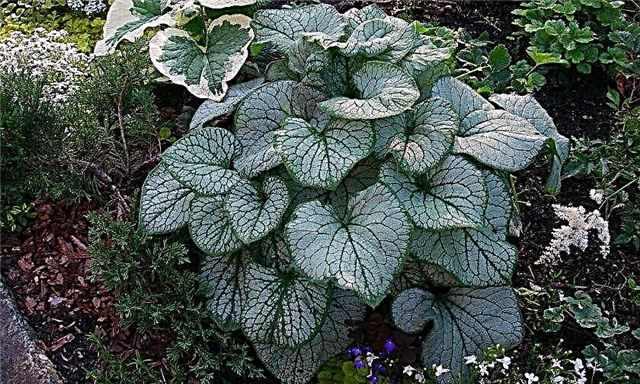
Planting a thuja with cereals will help create a fragment of a cultivated forest on the garden plot. Here, the simplest cultures characteristic of a particular region will come to the rescue: feather grass, grate, fescue, miscanthus.
A good option would be a spreading pine forest, especially its decorative varieties - Aureum with golden yellow foliage or Yaffle, whose pale green leaves have golden streaks.
 However, it should be borne in mind that some varieties of this plant grow up to half a meter and above, therefore it is not recommended to plant it next to dwarf coniferous bushes.
However, it should be borne in mind that some varieties of this plant grow up to half a meter and above, therefore it is not recommended to plant it next to dwarf coniferous bushes.
What can not be planted next to the thuja?
Near the thuja, it is not recommended to plant any fruit crops, since their productivity can significantly decrease. This applies to both shrubs (currants, gooseberries, raspberries, etc.), as well as plantings with berries or fruit trees. Also, some trees can become rivals of thuja in the struggle for nutrients, for example, birch or bird cherry - conifers will lose in this fight.
Gardeners need to take into account the fact that thuja quickly absorb moisture, and this can interfere with the development of neighboring plants, which do not tolerate being in dry soil. It is undesirable to plant bushes of mahonia, jasmine nearby.
Important! Do not plant blooming annuals next to thuja — with annual digging of the soil, the coniferous root system will be damaged.
Causes of Plant Incompatibility
The compatibility of plants on the site is an important factor in the organization of planting, especially when it comes to a small area where different crops will be in close proximity. The main reasons for incompatibility are special soil requirements. (in particular, its acidity), light exposure, humidity of the site, as well as susceptibility to the same diseases and pest attacks.
Also, the danger is the joint planting of crops with powerful root systems, which over time will intertwine in the soil and inhibit each other's development. Therefore, it is important to choose the right partners, for example, fruit trees are best planted with herbaceous plants and flowers.
Video: How to use conifers in landscaping
The effect of thuja on fruit trees
Coniferous trees secrete substances - volatile, which can have a detrimental effect on the yield of fruit crops. If you want to plant thuja in the area where apple trees, pears, cherries, plums and other crops grow that produce edible fruits, you need to maintain a solid distance between them and conifers - at least 6 m.
Recommended Reading

Also, coniferous crops oxidize the soil over time, saturate it with resins.
Experts do not recommend planting fruit trees in areas where conifers have grown for at least the last 3 years after their removal.
Representatives of stone and pome breeds will begin to languish over time from such a neighborhood and, of course, you will not have to wait for a good yield.
Another danger is that thuja and fruit trees are susceptible to a common disease - rust.
The disease provokes spores of the fungus, which first propagate on conifers, and then are transferred by air to other crops. At the same time, thuja suffers much less, and fruit trees and shrubs from such a disease can die.
In modern landscape design, thujas have gained considerable popularity. These wonderful coniferous representatives are worthy of competition to many ornamental plants, and also enter into harmonious compositions with them. But remember that the attractiveness of a needle-shaped fluffy crown should not become an obstacle to other crops growing on the site, and correctly select the tree neighbors.












